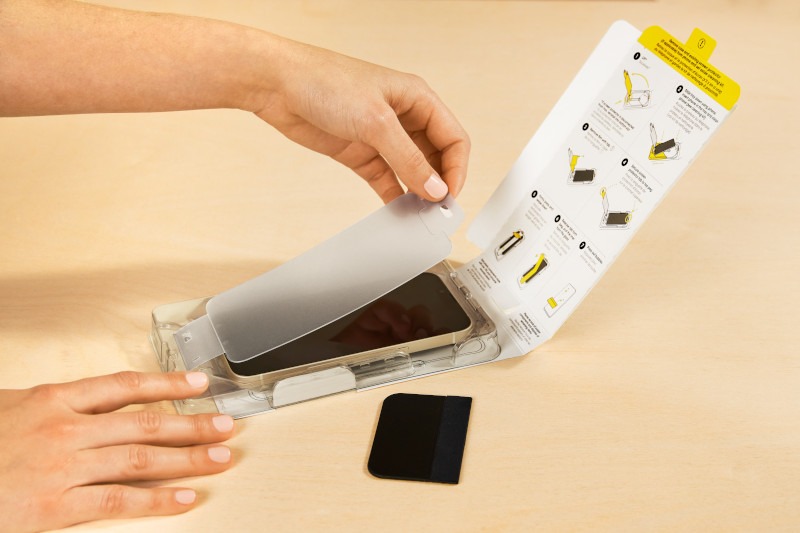

The Challenge
How to incorporate an NIR-sortable colorant for recyclability
Our first near-infrared (NIR) inquiry derived from a customer asking us to identify and incorporate an NIR-sortable colorant to assist in the recyclability of an existing black polypropylene (PP) cheese tray that was non-detectable in the recycling process. This change stemmed from the growing sustainability goals of major Consumer Packaged Goods (CPG) companies that are determined to make all their packaging recyclable. To achieve this goal, a colorant that does not interfere with the current recycling infrastructure needed to be identified.
Black-colored packaging is quite prevalent among brands, especially in the food industry. A common ingredient in black colorants is carbon black, a pigment that reflects little light into the visual spectrum, thus causing a component to appear black.
Carbon black will absorb most light sources, including NIR lights used in the sorting process. Since the NIR sorting technology cannot recognize a reflection from a packaging component using carbon black, it cannot categorize the part into a proper material stream. As a result, this component will be rejected from the recycling system and most likely landfilled.

The Process
Conducting research on NIR-sortable black colorants
Non-detectable pigments, such as carbon black, are categorized as problematic and unnecessary materials by the U.S. Plastics Pact as they are detrimental to recycling. This led our team to conduct research on NIR-sortable black colorants that are compatible with polypropylene packaging, including conducting an NIR sortation screening test to prove compatibility with recycling infrastructure.
To adapt the current recycling system process, it is important to first understand how black colorant is treated. The plastic goes through a conveyor belt and passes an IR sorter, which scans it to identify a specific wavelength for that material. For instance, HDPE will look different than PET, PET will look different than PP, and so on. Upon NIR scanning and wavelength reading, a robotic sorter can disperse the plastic into the correct recycling stream.

The Solution
Successful testing determined no impact on the sortation process
We worked with our colorant suppliers to develop a black colorant that would not impact NIR sortation accuracy. Once Plastic Ingenuity procured a colorant solution, we extruded the material, created thermoformed parts, and tested the parts for NIR sortation using industry-standard protocols. Successful testing of this colorant allows the package – even though it is black – to be utilized without detrimental impacts on the sortation process at a Materials Recovery Facility (MRF).

The Results
A Resounding Success
100% correct identification in the sortation test






